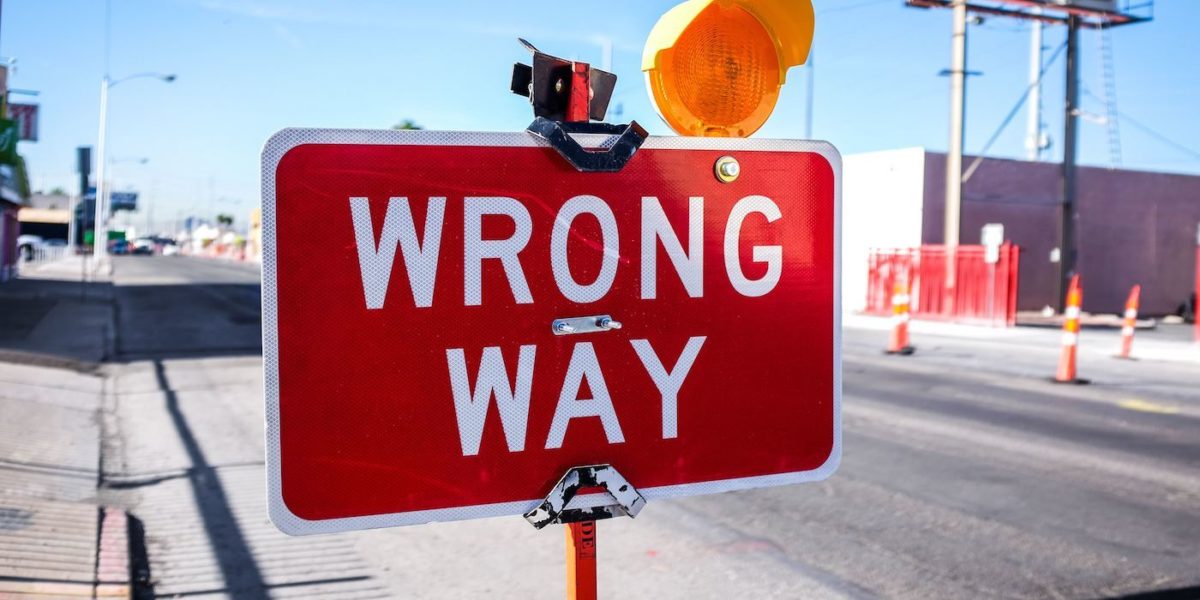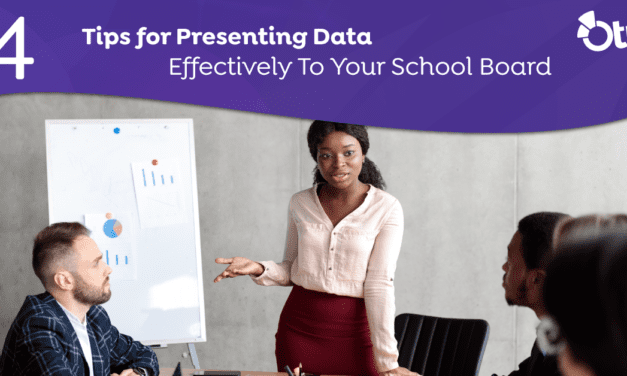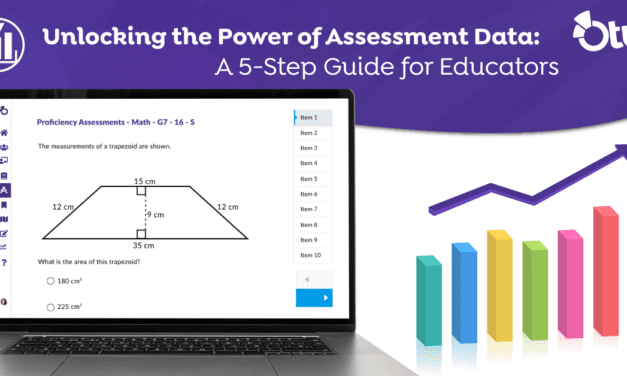If you’re a school administrator, you want to make well-informed decisions for your school or district. In the age of innovation, this means you need to be knowledgeable about Educational Technology (EdTech).
Edtech is the study and ethical practice of facilitating learning and improving performance by creating, using, and managing appropriate technological processes and resources. What is the best way to manage technological processes and resources for your district?
This articles discusses the current state of edtech in U.S. K-12 schools and outlines three common edtech traps K-12 administrators need to avoid.
Current State of Edtech
At the most basic level, edtech combines classroom learning with technology. The industry is comprised of Learning Management Systems (LMS) (i.e. software that automates the administration, tracking, and reporting of educational courses), apps, digital formative assessment tools, and other classroom technology.
In the U.S., edtech is becoming more prominent as a larger percentage (94%) of districts meet the federal connectivity target. In fact, the K-12 learning management system market value is projected to increase to $1.83 billion by 2020.
Edtech is shown to make a short- and long-term impact. In the short-term, it improves student attendance and on-task engagement. In the long-term, students secure higher than average income and more students attend post-secondary education institutions.
Common Edtech Traps to Avoid
When implemented correctly, administrators—and their districts—can benefit from edtech. But this can only happen if school administrators are edtech savvy. Here are three traps to avoid:
Break free from the “My choices are limited” mindset. For years, three textbook publishers have dominated the industry, leaving administrators with limited choices. The edtech space is different. According to EdSurge, “In the past five years, thousands of edtech products…have been designed for teachers, schools and students.” This is very different than the monopolistic—or oligopolistic—system of textbooks. You can choose the best learning management system and edtech for your district.
Overcome analysis paralysis. Unfortunately, this increase in choices also has a negative side effect: analysis paralysis. Analysis paralysis is the state of over-analyzing, to the point where a decision or action is never taken. EdSurge states, “…figuring out what to buy—and how to buy it—in this new world is a colossal challenge for administrators.” Luckily, you can use sites like EdSurge to read teacher reviews of learning management systems. And to prevent analysis paralysis, set a deadline for your decision.
Pinpoint the problem before you buy. Edtech won’t automatically solve the problems in your district. Before you can make an informed purchase decision, you need to understand the nature of the problem(s) you are trying to solve. Have conversations and gather insight regarding the unique needs of your teachers. Avoid the mistake of purchasing something that doesn’t actually solve your current challenges.
Make the Best Edtech Decision
You are well-equipped to manage the technological processes and resources for your district. Break free from the “My choices are limited” mindset, overcome analysis paralysis, and pinpoint the needs of your teachers. The students in your district can benefit from innovative edtech.





